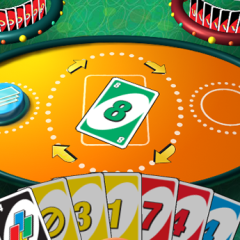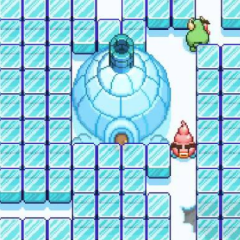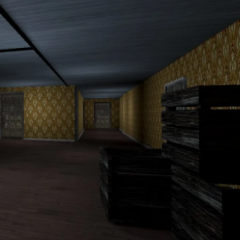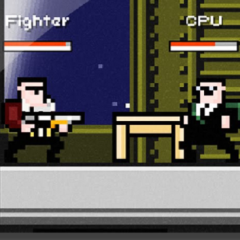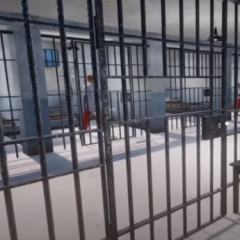That’s Not My Neighbor
Advertisement
Advertisement
Thats Not My Neighbor is a 2D horror simulation game where the player takes the role of a security guard responsible for identifying residents and keeping out impostors. The events are set in an apartment building where tenants come to the entrance, present documents, and request access. The player must examine their appearance and paperwork to decide whether to grant entry or deny it. A mistake can have serious consequences, since some of the visitors are doppelgangers attempting to infiltrate the building.
Gameplay Structure
The main mechanic revolves around comparing information. Each visitor provides an identification card, and the player must check names, dates, photographs, and other details against records. The process is complicated by the fact that doppelgangers mimic the residents but often display small inconsistencies that must be spotted quickly. The tension grows as the game progresses, with more subtle differences and less time to evaluate. Every correct decision increases the player’s score, while errors bring risks to both the character and the tenants.
Key Elements Of The Game
· Verification of documents such as ID cards and passes
· Spotting differences between real tenants and impostors
· Increasing difficulty with more subtle discrepancies
· Consequences for both allowing impostors in or rejecting real tenants
Difficulty And Progression
As levels advance, new mechanics are introduced to increase complexity. Some visitors may attempt to distract the guard with dialogue, while others appear very similar to legitimate tenants. The player must also track time, since hesitation can lead to penalties. These elements create a structure where later stages require multitasking: checking documents, watching behavior, and remembering previous tenants’ features. The design emphasizes careful observation and attention to detail rather than speed alone.
Atmosphere And Presentation
The visual style is simple but functional, focusing attention on faces, documents, and small differences between them. The music and sound effects reinforce the feeling of unease, reminding the player that every decision has weight. The confined setting of the entrance booth emphasizes the sense of responsibility, since the guard cannot leave and must rely entirely on observation skills. Through repetition of encounters and gradual escalation of difficulty, the game maintains a constant level of pressure from start to finish.
Replay Value
Thats Not My Neighbor supports replay through its branching outcomes and the variety of possible visitor patterns. Different playthroughs may present unique combinations of impostors and residents, ensuring that no two sessions are identical. The player can experiment with strategies, attempting to balance caution with efficiency. This structure allows the game to remain engaging even after the main objective has been completed, offering new challenges each time the guard takes their position.


















